Sonar's latest blog posts
Announcing SonarSweep: Improving training data quality for coding LLMs
Recent research from Anthropic has shown that even a small amount of malicious or poor quality training data can have a massively negative impact on a model’s performance, exposing users to significant security and quality issues.

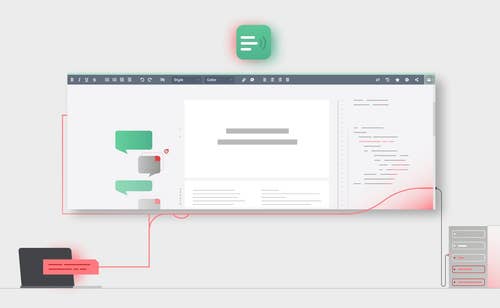
Etherpad 1.8.13 - Code Execution Vulnerabilities
We discovered two code execution vulnerabilities that affected Etherpad servers and data. Learn more about the technical details and how to avoid such coding issues.
Read Blog >

Enterprise-ready: Authentication & Authorization with SonarQube Server (LDAP, SSO & more)
Discover how SonarQube Server can integrate with your existing enterprise setup (LDAP, SSO & co.) for user authentication and authorization.
Read Blog >
Get new blog posts delivered directly to your inbox!
Stay up-to-date with the latest Sonar content. Subscribe now to receive the latest blog articles.
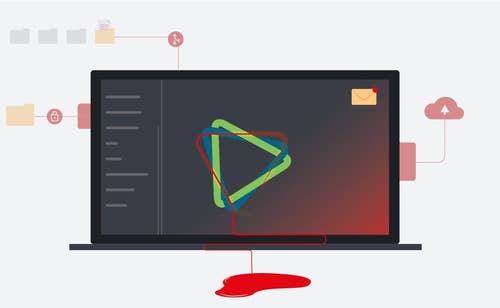
CiviCRM 5.22.0 - Code Execution Vulnerability Chain Explained
We discovered critical code vulnerabilities in CiviCRM, a popular CRM plugin for Wordpress, Joomla and Drupal. Learn more about how to find and patch these issues.
Read Blog >
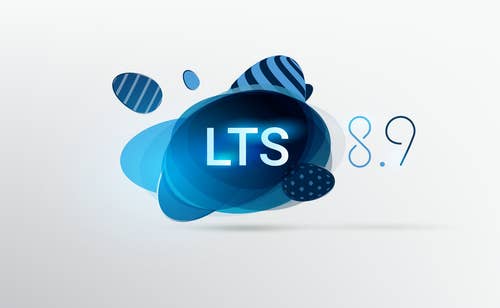
7 more reasons to upgrade to SonarQube Server 8.9 LTS
SonarQube Server 8.9 LTS is here! Not every improvement could be mentioned in the release announcement, so check out these LTS easter eggs that make this the Best LTS Ever.
Read Blog >
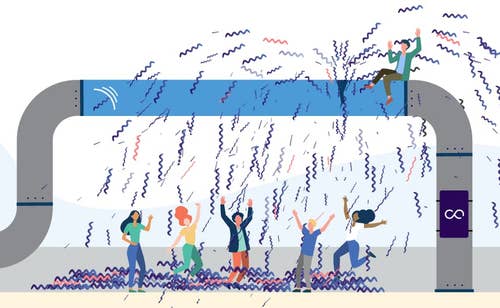
Broken pipelines for everyone!
With SonarQube Server 8.9 LTS, SonarSource has made failing the pipeline available for everyone, using any CI you want. But with great power comes ... well, you know. In this post you'll learn what went into the decision to make this available and what you'll want to watch out for when you use it.
Read Blog >

Grav CMS 1.7.10 - Code Execution Vulnerabilities
We responsibly disclosed two code execution vulnerabilities in Grav CMS, one of the most popular flat-file PHP CMS in the market. Let’s see what we can learn from them and discuss their patches!
Read Blog >
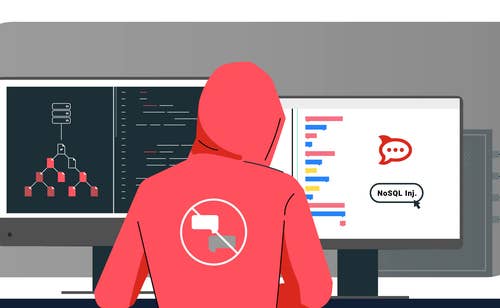
NoSQL Injections in Rocket.Chat 3.12.1: How A Small Leak Grounds A Rocket
We recently discovered vulnerabilities in Rocket.Chat, a popular team communications solution, that could be used to take over Rock.Chat instances.
Read Blog >
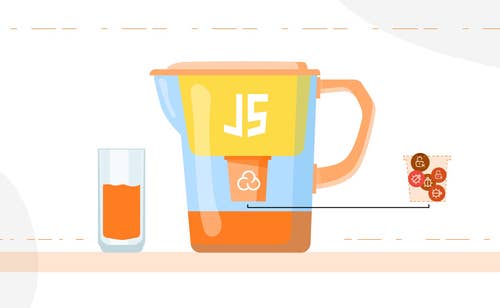
What to expect from JavaScript/TypeScript analysis on OWASP JuiceShop
In April 2021, we updated our JavaScript and TypeScript SAST engines to explore more execution flows, increase performance and improve overall accuracy. It now goes far beyond what we did in the past for these languages. With this post, we’re going to tell you what you can expect for these languages, and more specifically which vulnerabilities can be detected.
Read Blog >

SonarQube Server 8.9 LTS: 3 steps to a smooth upgrade
SonarQube Server 8.9 Long Term Support (LTS) is officially here! Check out this list of tips & tricks on how to upgrade your environment from start to finish.
Read Blog >
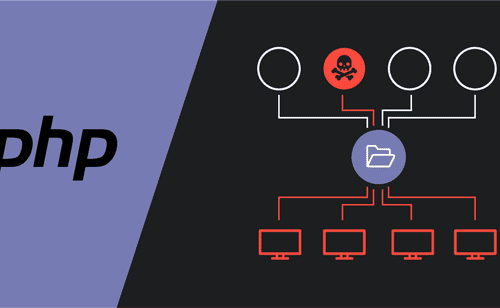
PHP Supply Chain Attack on Composer
We recently discovered a vulnerability in Composer, the main package manager for PHP, and were able to use it to take over the central repository, packagist.org.
Read Blog >
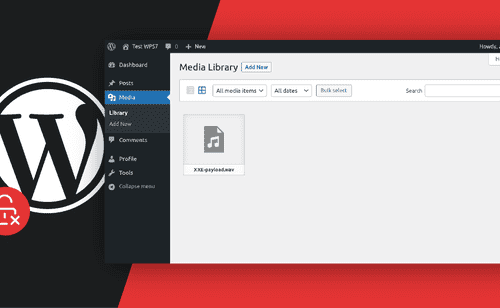
WordPress 5.7 XXE Vulnerability
In this blog post we analyze a XXE vulnerability that our analyzers discovered in WordPress, the most popular CMS, and what PHP 8 developers can learn from it.
Read Blog >